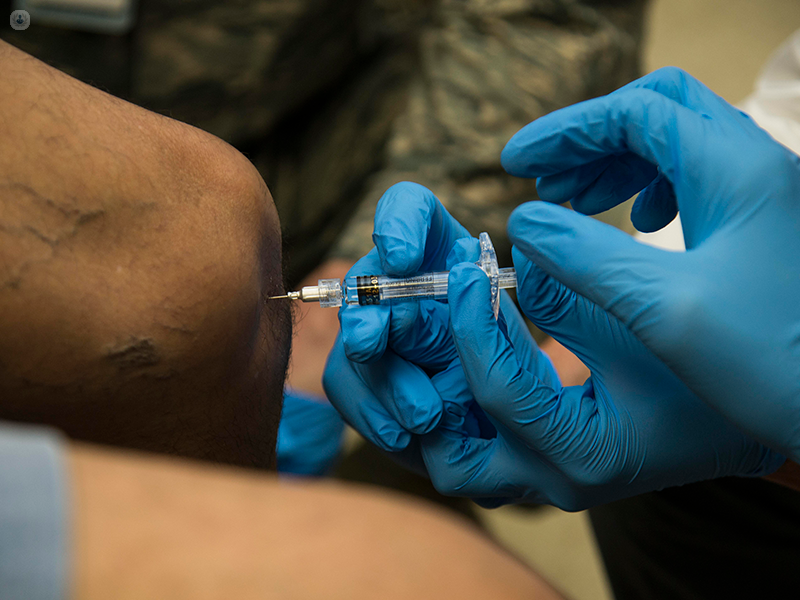How is articular cartilage repaired?
Autore:Our bodies have a remarkable ability to heal themselves after injury. However, one part of our body that does not heal as easily is our cartilage. A bad sports injury can tear or otherwise damage the cartilage in your joints, such as in the knee joint. So when does cartilage need repairing, and how is it repaired? We asked leading consultant orthopaedic surgeon, Mr Jamie Arbuthnot:

Why does articular cartilage sometimes need repairing?
Articular cartilage is a very specialised form of tissue that lines the bones at joints. In the knee, a cartilage injury or defect can cause pain, swelling and restrict you from doing what you want to.
Cartilage does not have a blood supply and so its ability to repair itself is poor. Supporting the cartilage by correcting joint alignment and treating other problems such as ligament tears is beneficial.
Sometimes, a cartilage injury needs surgery to repair it. This is to treat the pain, reduce the risk of arthritis and to try to get you back doing what you want to do.
What kind of repair techniques are available, and how do they work?
The right cartilage repair technique depends on the patient, the size and depth of the injury and the condition of the rest of the knee.
Many techniques have been tried. Essentially, a repair requires cartilage cells and a medium for them to act in. This can be a bioengineered scaffold or a biological substance such as blood or platelet-rich plasma (a substance that can be separated from your blood).
The cells are obtained by several methods. Commonly, cells are released from the bone marrow by drilling or nano-fracture into the base of the cartilage defect. Again, this draws cells from the bone marrow which is a source of stem cells.
What repair techniques do you expect to see emerge in the future?
Firstly, we are seeing a move away from surgery. Many of the developing biologics allow the surgeon to deliver substances into a damaged joint without having to operate at all. Medium term results look really promising.
Secondly, where surgery is required, we are moving towards a single stage procedure (where only one operation is required) to place a scaffold in the damaged area to allow the cells to be retained where they are needed.
Finally, we’re seeing exciting developments in where we source cells from, with donated tissue becoming popular.
If you would like to book a consultation with Mr Arbuthnot discuss a recent knee injury, click here.



